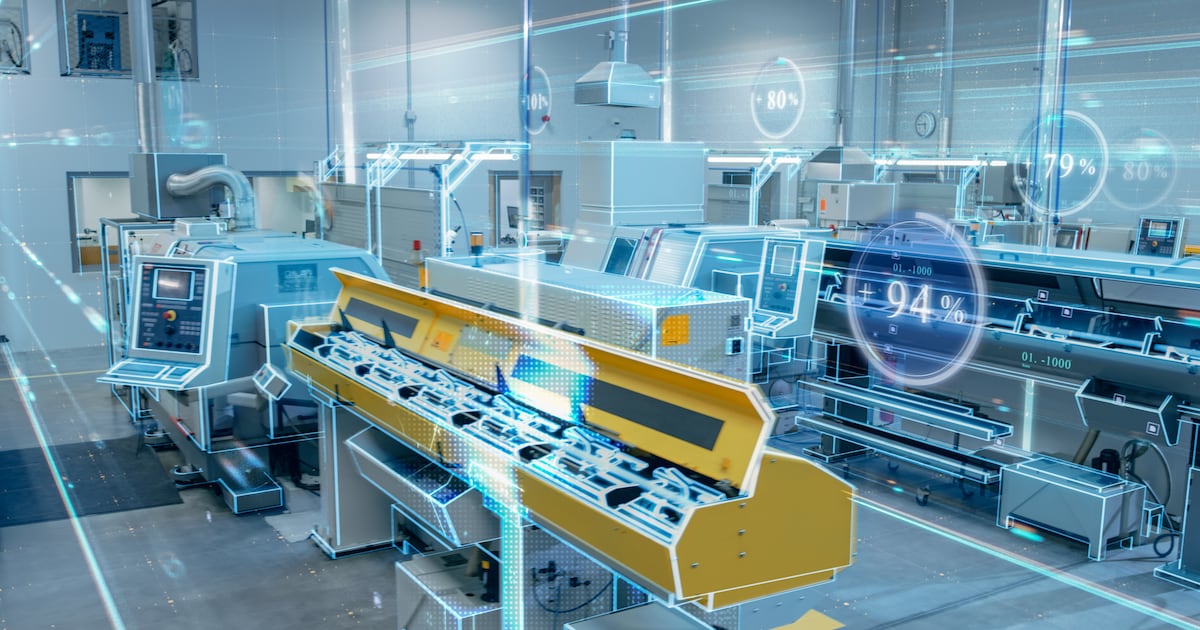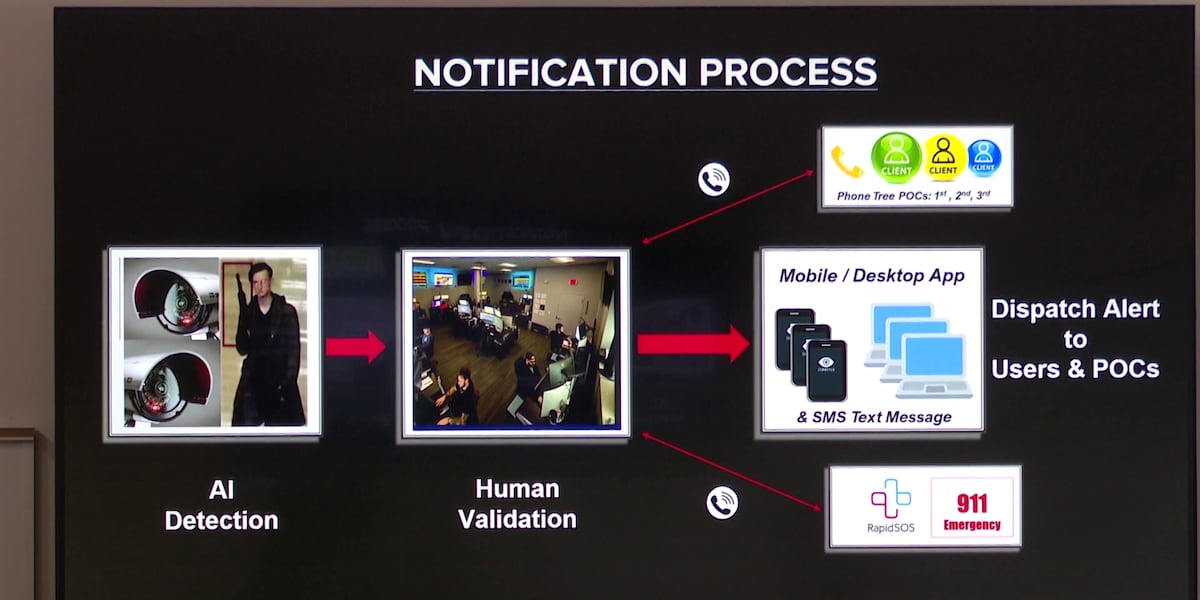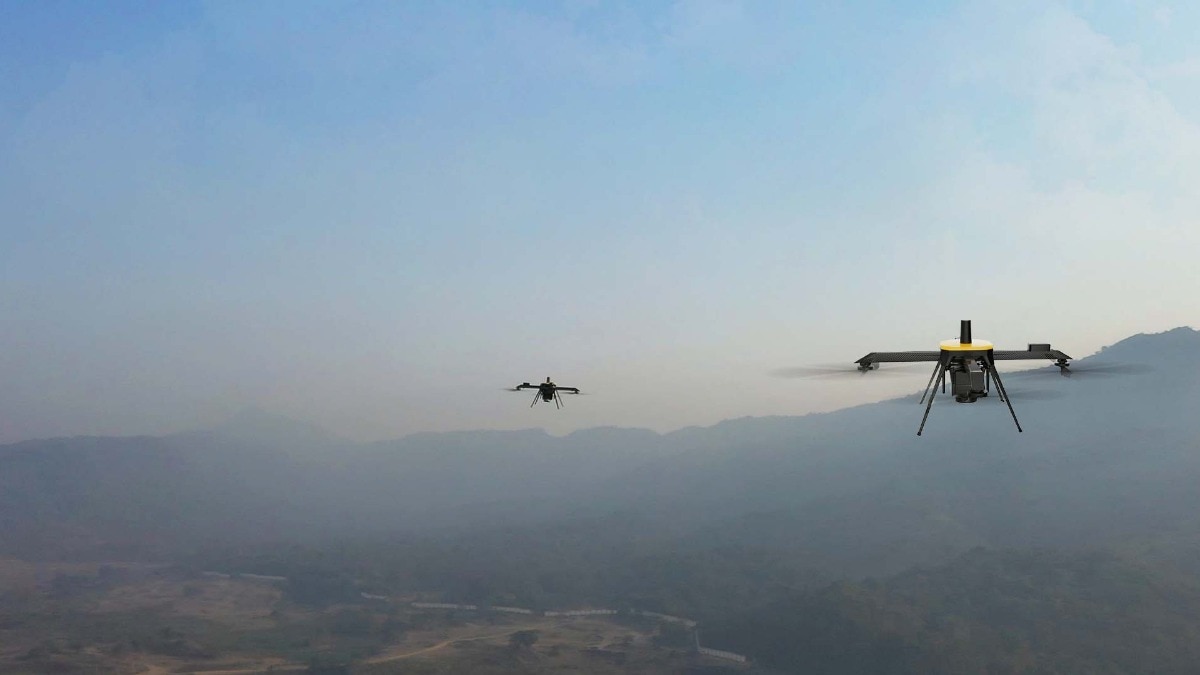Manufacturing Revolution: How OT and IT Integration is Driving Digital Transformation in Ireland

Bridging the Gap: OT & IT Convergence in Irish Manufacturing
The Irish manufacturing sector is undergoing a significant transformation, driven by the relentless march of digitalisation. For years, Operational Technology (OT) – the systems controlling physical processes on the factory floor like PLCs, sensors, and industrial robots – and Information Technology (IT) – the software and infrastructure managing data and business operations – have largely operated in silos. However, the future of manufacturing hinges on seamlessly integrating these two worlds, creating a unified, data-driven ecosystem.
Why is OT/IT Integration Crucial?
Traditionally, OT focused on real-time control and reliability, while IT prioritized data security and business applications. This separation led to inefficiencies, data silos, and limited visibility across the entire manufacturing process. The integration of OT and IT, often referred to as 'IT/OT Convergence', unlocks a wealth of benefits for Irish manufacturers:
- Enhanced Visibility: Real-time data from production lines becomes accessible to business leaders, enabling informed decision-making and proactive problem-solving. Imagine instantly identifying bottlenecks, predicting equipment failures, and optimizing production schedules.
- Improved Efficiency: By connecting machines and systems, manufacturers can automate processes, reduce waste, and streamline operations, ultimately leading to cost savings and increased productivity.
- Predictive Maintenance: Leveraging data analytics, manufacturers can predict when equipment is likely to fail, allowing for preventative maintenance and minimizing costly downtime. This moves away from reactive repairs and towards a proactive, data-driven approach.
- Enhanced Quality Control: Real-time monitoring of production parameters allows for immediate identification and correction of quality issues, leading to higher quality products and reduced scrap rates.
- Greater Agility & Responsiveness: A digitalised manufacturing process allows companies to respond more quickly to changing market demands and customer needs.
The Digitalisation Journey: Key Steps for Irish Manufacturers
Embarking on this digital transformation journey requires a strategic approach. Here are some key steps Irish manufacturers should consider:
- Assessment & Planning: Conduct a thorough assessment of your current OT and IT infrastructure, identify areas for improvement, and define clear goals for digitalisation.
- Data Connectivity: Establish robust data connectivity between OT and IT systems, ensuring data integrity and security. This might involve implementing Industrial IoT (IIoT) platforms and secure communication protocols.
- Data Analytics & Business Intelligence: Invest in data analytics tools and business intelligence platforms to extract valuable insights from the collected data.
- Cybersecurity: Prioritise cybersecurity measures to protect your OT and IT systems from cyber threats. The convergence of these systems increases the attack surface, making robust security protocols essential.
- Skills Development: Upskill your workforce to manage and leverage the new digital technologies. This includes training in data analytics, cybersecurity, and industrial automation.
The Future of Irish Manufacturing
The integration of OT and IT is not just a trend; it's a necessity for Irish manufacturers to remain competitive in the global market. By embracing digitalisation, Irish companies can unlock new levels of efficiency, productivity, and innovation, paving the way for a brighter future for the sector. The Irish government and industry bodies are increasingly supporting this transformation through funding initiatives, training programs, and knowledge sharing platforms. The time to act is now to secure Ireland's position as a leader in advanced manufacturing.





